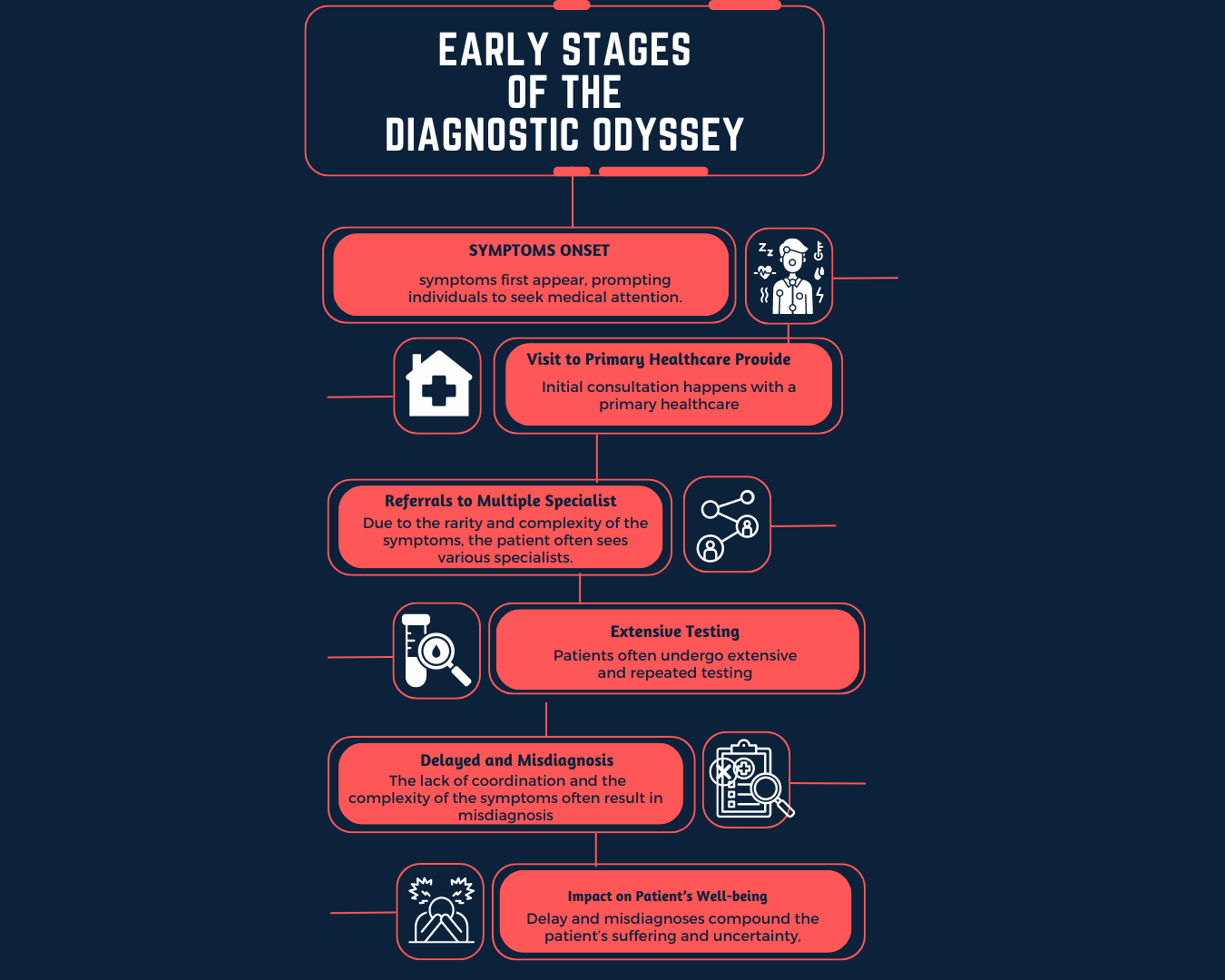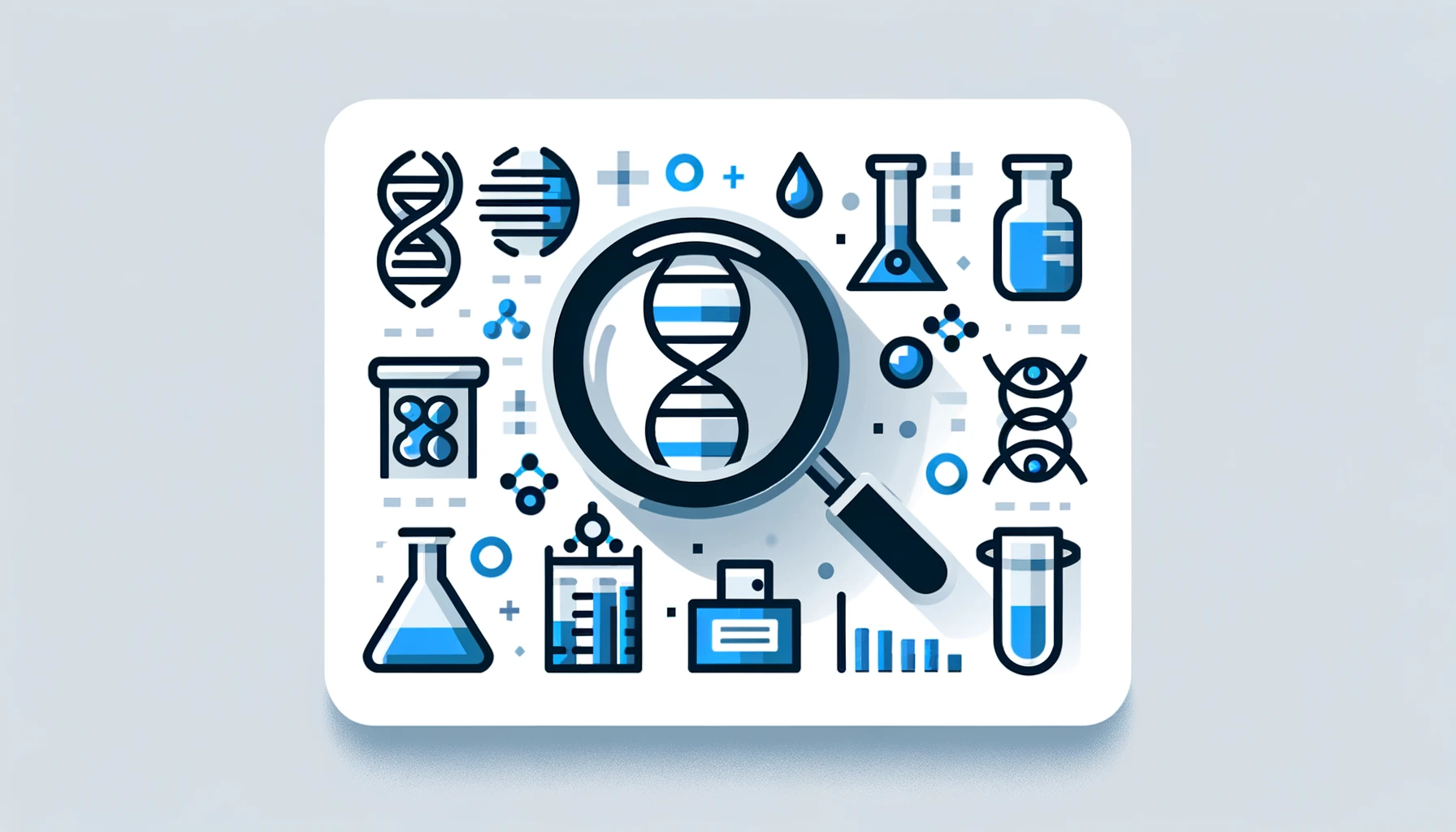3billion continues to expand the detection range of whole exome sequencing. In April, it increased its depth-of-coverage of substantial regions, including mtDNA. But not all services are doing these upgrades. Today, we'll discuss why genetic testing companies need to be persistent in evolving their services. (more information here)
Why whole exome sequencing service should be upgraded?
Limitation of WES
Whole exome sequencing is a powerful sequencing method in rare disease diagnosis, but it does have certain limitations. WES focuses on sequencing the exome, which represents only a small portion of the entire genome. Variants outside of the exome, including non-coding regions may be missed.
As a result, healthcare providers should have used a combination of WES and other types of genetic testing when certain disease groups were suspected together.
Differences in detection coverage
And the detection coverage in whole exome sequencing (WES) can vary depending on several factors, including the specific technology platform used, the design of the exome capture kit, and the bioinformatics popeline emplyed. Advanced bioinformatics pipelines, incorporating state-of-the-art variant calling algorithms, annotation databases, and population frequency data, are essential for accurate variant detection and interpretation. Therefore, not all WES services have the same detection coverage.

How to upgrade their WES?
Enhanced Diagnostic Yield
Upgrading exome sequencing service allows for a more comprehensive evaluation of the entire exome, which includes all the protein-coding regions of the genome. By capturing a broader range of genetic variations, such as single nucleotide variants (SNVs), small insertions or deletions (indels), and copy number variations (CNVs), providers can increase the chances of identifying disease-causing variants that might have been missed with limited or older sequencing techniques.
Improved Detection of Rare Variants
Rare variants are often associated with rare diseases. Upgrading exome sequencing enables better detection of these rare variants, including novel or previously uncharacterized genetic variations. The ability to identify these variants is crucial for accurate diagnoses, treatment decisions, and genetic counseling.
Coverage of Non-Coding Regions
Upgrading exome sequencing can include coverage of non-coding regions, which comprise a significant portion of the genome. Non-coding regions contain regulatory elements that control gene expression and can influence disease development. By analyzing these regions, providers can identify potential disease-causing variants that reside outside of the protein-coding regions.
Accessibility to Research and Clinical Databases
It allows for improved compatibility with research and clinical databases. These databases contain vast amounts of genetic data, including known disease-associated variants and population frequencies. Compatibility with these databases enables providers to compare patient data against existing knowledge, aiding in variant interpretation and diagnosis.
In a competitive market, offering upgraded exome sequencing services can provide a significant advantage. Patients and healthcare professionals are increasingly aware of the potential of comprehensive genetic testing, and they seek providers who can deliver accurate and comprehensive results. Upgrading exome sequencing allows providers to meet these expectations, attract more clients, and establish themselves as leaders in the field.
If you are specifically interested in the inclusion of mitochondrial DNA and CNV detection in a WES service, learn more about our services with an brochure exclusively for healthcare providers!























